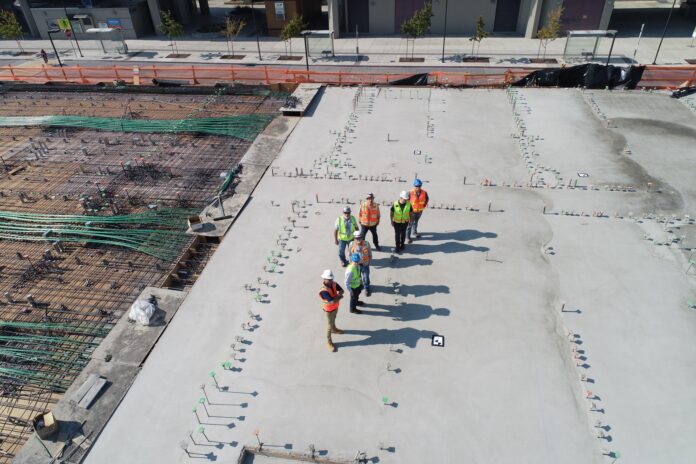Construction is a risky profession. Your work environment is full of things that can hurt you. Powerful machines operate around you. You handle heavy materials. You work in tall heights. Many things can go wrong. Thus, construction is a field where safety cannot be emphasised any further. One of the best ways for companies and governments to guarantee worker safety in a construction site is scaffolding. Scaffolding is the structure that you see around an ongoing construction project, like an exoskeleton. Its purpose ranges from safety to convenience, and its importance is so paramount that there are laws that regulate them.
Scaffolding Provides Safety
In Australia, if there is a risk for an object or a worker to fall for more than four metres, you can consider the work as “high risk.” Seems overkill, but as you know by now, construction is a risky profession. Falling is one of the most common causes of injuries in construction, accounting for around 15% and putting it in third place. The other two are hitting or getting hit by an object and lifting objects. In total, these three leading causes make up more than 75% of all injuries in construction.
With proper scaffolding, you can reduce these numbers and keep your workers safe. For example, if you have a high-rise project, such as a multi-storey commercial building, the dangers increase when your workers start going to the higher floors. You would not want your workers dangling from a harness as they try to paint a wall or install a window. They can do so with ease and confidence if they have strong and durable scaffolding to elevate themselves safely.
Reliability is crucial when it comes to scaffolding. You cannot just put together a bunch of pipes or planks and tell your workers to stand on them. Common scaffolding materials are aluminium and fibreglass. Scaffolding is temporary. These materials are light enough to allow easier transportation, handling, assembly, and disassembly, but strong enough to support your workers and whatever materials they bring. Some are even mobile. If you are working in a low-rise project, such as a residence, you may not need a complicated exoskeleton as scaffolding. Something light and mobile that you can move around as do your work on the house will suffice.
Scaffolding Provides Access
If you need to reach something, such as a lightbulb on the ceiling, a ladder will suffice. That is a viable option if the work is static. However, what if you need to paint? Sure, you can use a ladder, but it will be inefficient. You would have to climb up the ladder with the painting materials. You stay on one step as you paint wherever you can reach. Once you are done, you take another step and do it again. And that is just the vertical portion of where you set up the ladder. After that, you climb down, move the ladder to the side, and do it all over again. Sure, you can finish the task, but you will also be wasting time. Scaffolding, on the other hand, can provide you with a bigger and free range of motion, allowing you more vertical and horizontal access.
Moreover, the horizontal access that the trestles or planks provide means that several workers can work side-by-side, lessening the time to finish the task. This situation also applies to installing wires, walls, inspections, etc. Thus, scaffolding provides convenient access and makes work more efficient.
Whether you have a tall commercial project or a low residential one, scaffolding is a requirement that should always pop in your mind. With the right materials, you can keep your workers safe and have them perform at their best.


